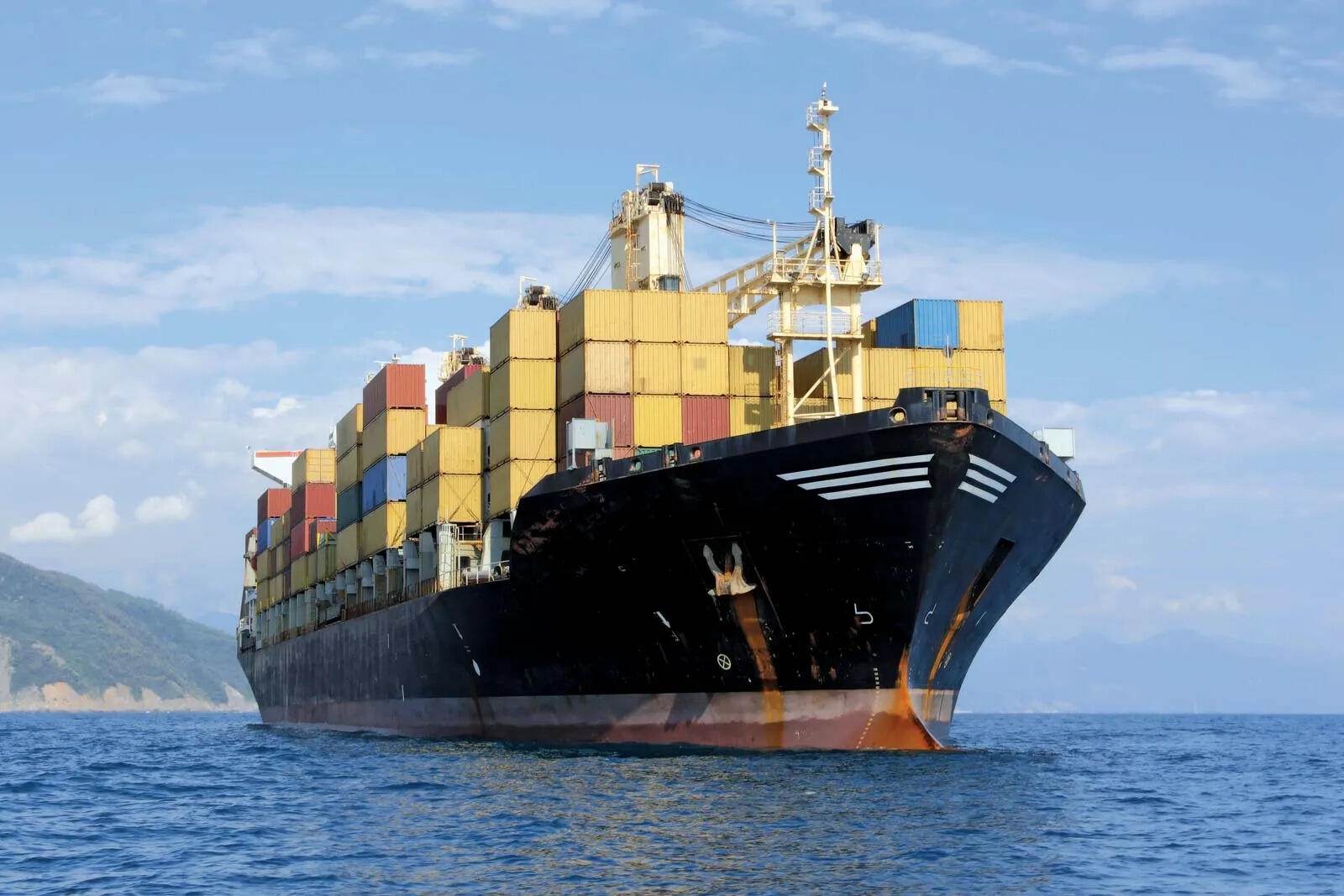
The freight ship collision that led to the collapse of a bridge in Baltimore, US, could have been a bigger catastrophe had it not been for quick thinking by the 22-member Indian crew on board Dali. Sailors issued a mayday call before the collision, allowing authorities to stop traffic on the bridge, preventing mass casualties. Only six people remain missing. Joe Biden praised the Indian crew for the timely alert that saved lives.
Dali is just one of many ships manned largely or wholly by Indian sailors. Global shipping, which carries more than 90% of world goods trade by volume, will take a hit without Indian seafarers.
Here’s a quick look at a less-appreciated dimension of India’s contribution to the global economy:
In Top 3: India ranks third among sailor-supplying nations – China and the Philippines are the first two. Per stats from the directorate general of shipping, GOI, India provides almost 10% of global seafarers.
42% growth in jobs for Indian sailors in 2013-17
The four years between 2013 and 2017 saw a growth of 42.3% in shipboard jobs for Indian sailors. Mind you, India is some ways behind China, which contributes 33% of the world’s sailors. There’s a difference though. Most Chinese sailors work on board Chinese vessels, while India’s seafarers work in national as well as foreign ships. Indian sailors are therefore more global. That can change when India builds and operates more ships.
Numbers Speak: The total number of Indian seafarers on ships increased from 1,08,446 in 2013 to 1,54,339 in 2017, as per latest data available. There were 62,016 Indian marine officers and 82,734 rating ship hands in 2017. These numbers have likely increased substantially since. In fact, recent estimates put the total number of Indian seafarers at 2,50,000 with 1,60,000 professionally-certified seafarers who serve cargo ships, and some 90,000 who serve on cruise liners.
Quality Too: Plus, India has long been on the International Maritime Organisation‘s White List. The list was created to identify member states that are fully in compliance with STCW-95 Convention and Code. Inclusion in this list requires a country has appropriate seafarer licensing systems, oversight of training centres, flag state control (this ensures control measures over flagged ships) and port state control (proper govt checks of foreign ships in national ports). India being on the White List makes Indian sailors attractive talent for international shipping companies.
Future Potential: Industry experts estimate that the proportion of Indian seafarers in global shipping is slated to increase to 20% over the next decade. Four factors are driving this trend – good training institutes in India, rising literacy, aging seafarer population in Europe, and Indian sailors’ proficiency in English. The country has about 166 maritime training institutes. But currently, only about 50% of pre-sea seats in academies get filled. There’s clearly, therefore, a huge potential for expanding the Indian seafaring pool.
Covid And Ukraine War: Covid drove home the essential role played by Indian seafarers. At the start of the pandemic there was a labour shortage on cargo ships because shipping companies were reluctant to hire Indian seafarers – scared by stats on rising cases and deaths in the country. While the International Maritime Organisation had to push most govts to designate seafarers as key workers, GOI was quick off the blocks to provide such a designation to Indian merchant navy personnel.
Plus, the Ukraine war has increased the demand for Indian seafarers. Before the war, Russia and Ukraine together contributed nearly 15% of global seafarers. But that supply has been disrupted due to the conflict, forcing shipping companies to look to countries like India.
Challenges: There are, of course, challenges. First, merchant navy must compete with other attractive vocations such as IT in attracting young professionals. Second, there are insufficient training berths on board ships. And third, low intake of women in the maritime sector is a big drag on supply. Address these, and soon one in five sailors in the world will be Indian.

